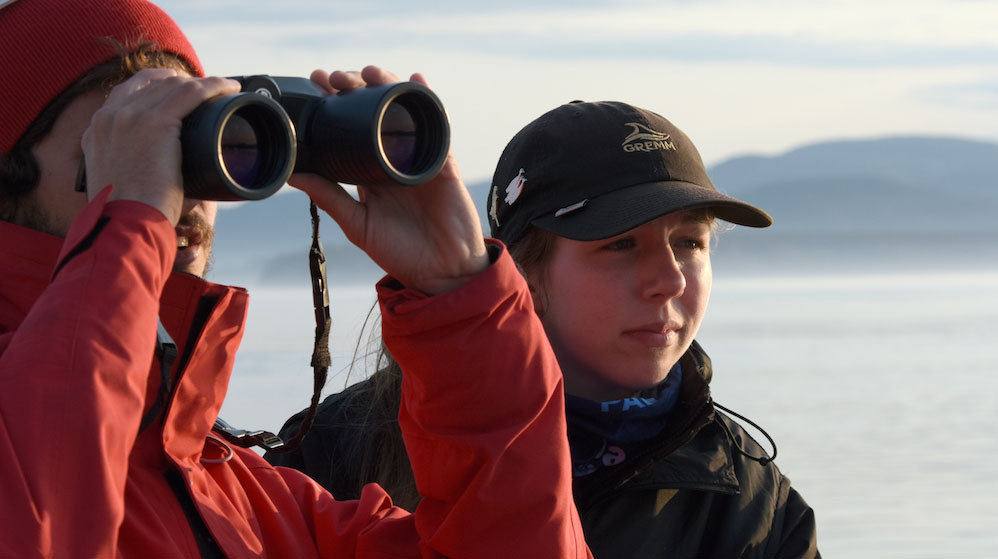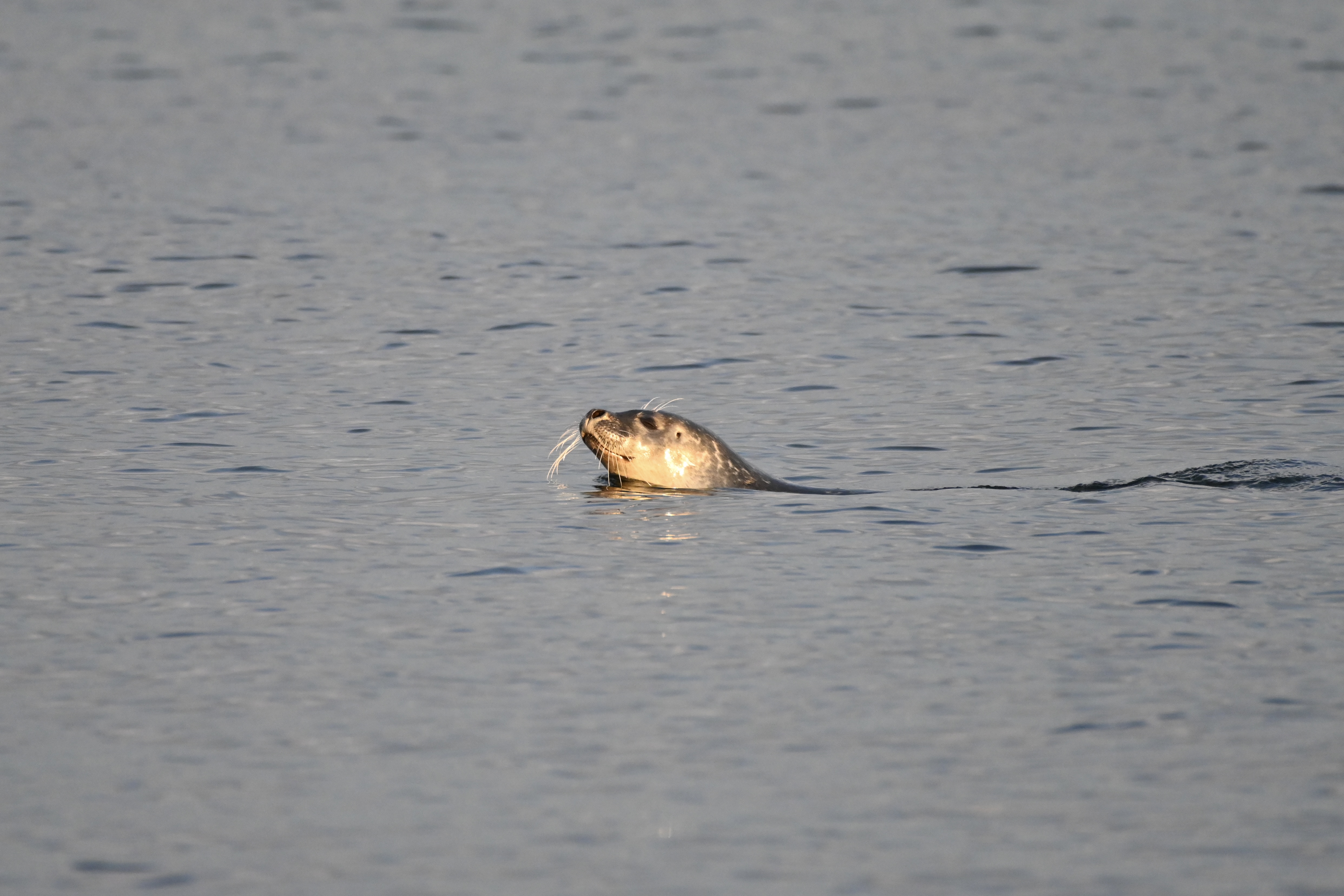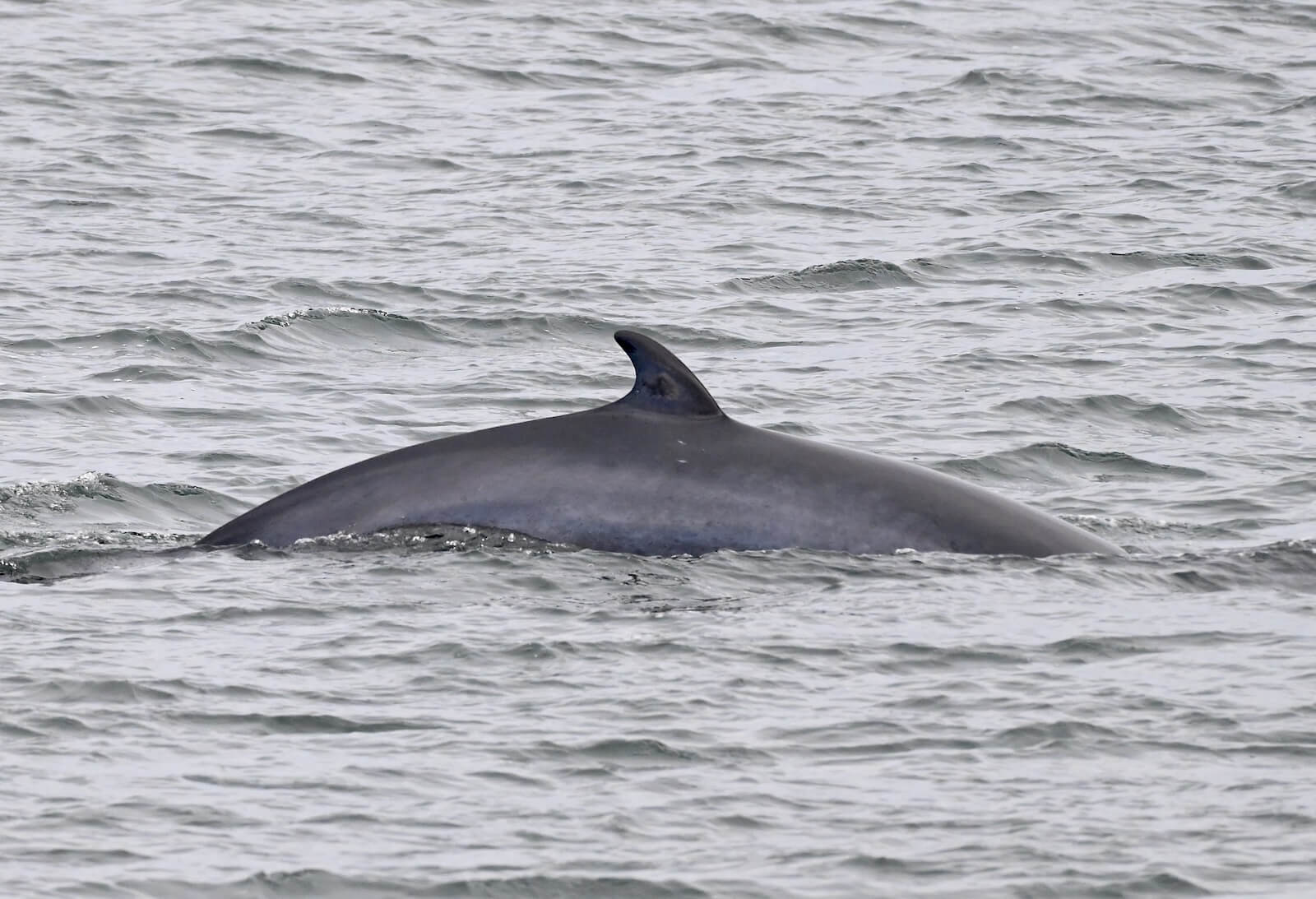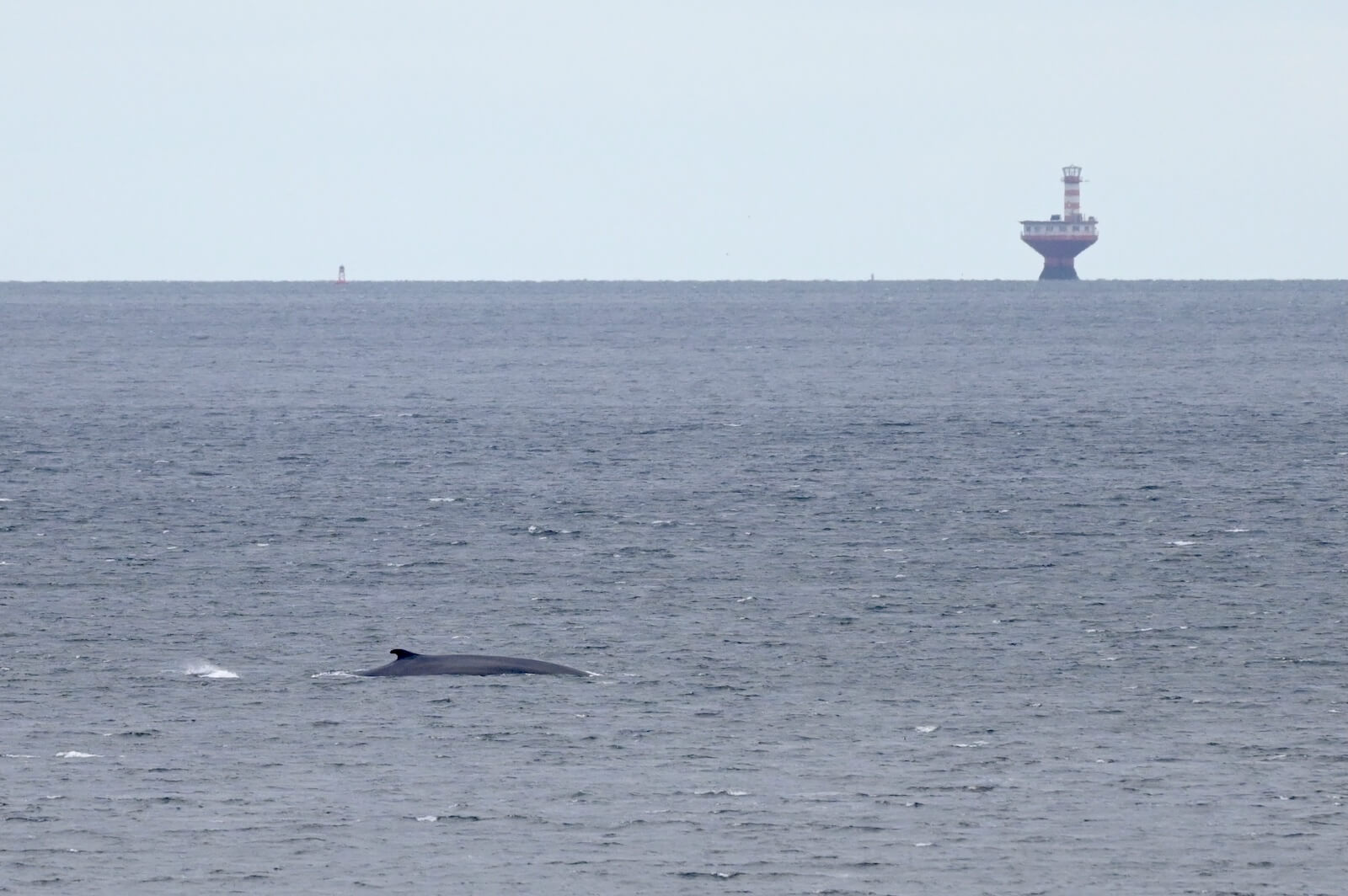These large seabirds, the largest in the North Atlantic with wingspans of up to two metres, owe their scientific name (Sula bassana) to the Scottish island of Bass Rock, where a large colony has been known since the 18th century. The colony currently numbers over 70,000 pairs, making it the largest in the world.
In French, gannets are known as fous (“crazy ones”), a name coined by Scottish fishermen who observed them coming back up to the water surface with empty beaks. Had they missed their mark? Not at all! These birds are highly skilled hunters. After spotting their prey from the air thanks to their keen vision that allows them to make out prey from heights of up to 40 m, they plunge into the water (to depths of between 7-10 m, occasionally up to 20 m) after performing, with retracted wings, spectacular dives at breakneck speed (between 70 and 110 km/h). The shock wave caused by the gannet striking the water stuns the fish. The bird’s body is protected by a series of air sacs under the skin of their head and breast that cushions the blow. They are also equipped with a protective membrane on their eyes and secondary external nares that prevent sudden water intake as well as waterproof plumage.
For a few brief seconds, gannets thus find themselves in the same underwater hunting territory as seals and whales, all foraging in the same tide rip, before the birds rise to the surface, having already gulped down their catch.





